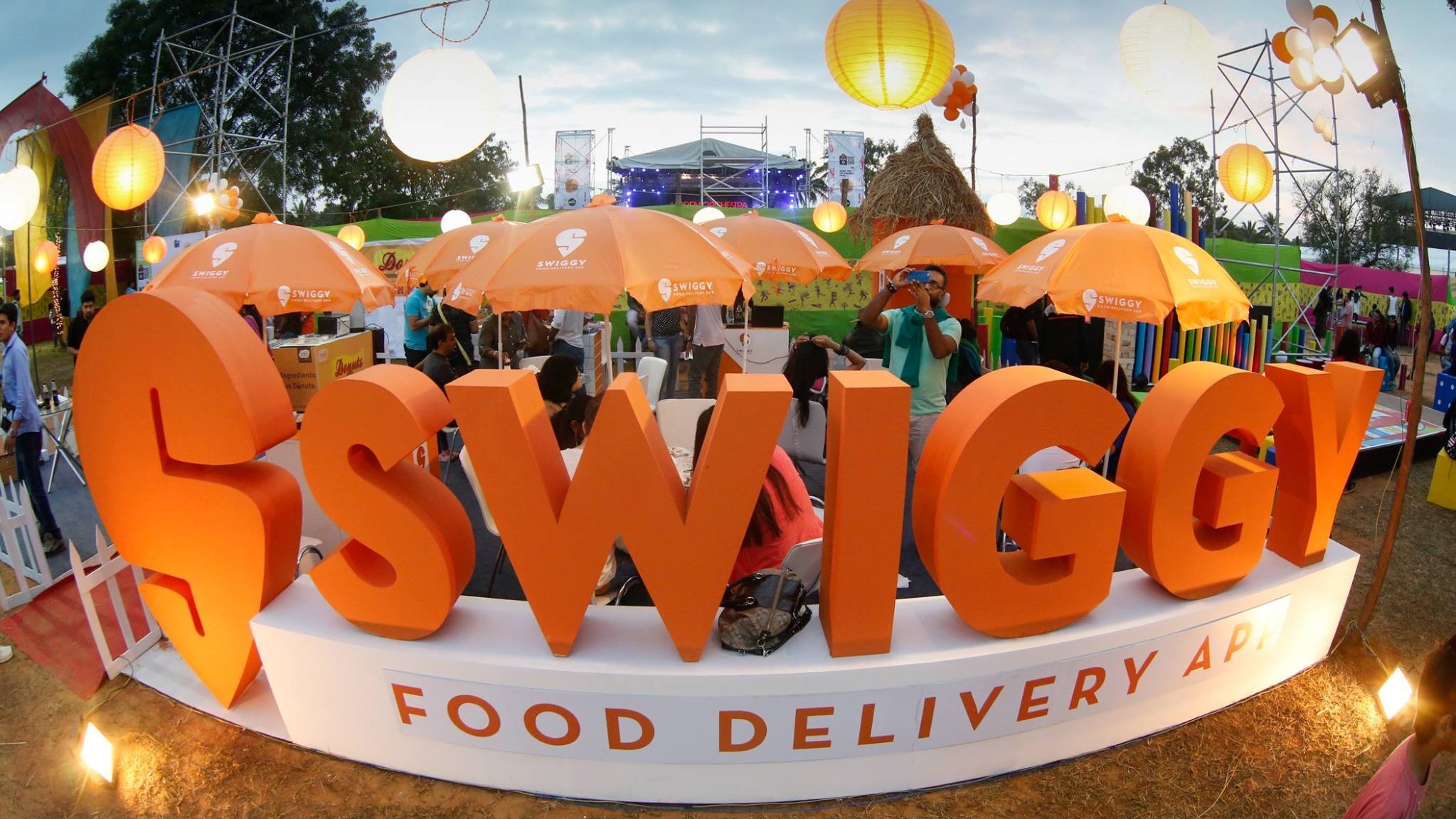Swiggy to launch hyperlocal 'dark stores' InstaMart
It's all happening at e-grocery market place

The competition in hyperlocal delivery business in India is becoming intense.
You have JioMart, which was launched in May this year across 200 cities, trying to use the might of both Jio Platforms and Reliance Retail.
And there is the ever threatening presence of Amazon India, which just recently managed to successfully conduct its annual Prime Deal sales event.
Also, the Walmart-owned Flipkart can never be discounted in the race. It recently unveiled Flipkart Quick and rolled out its own plan for 'dark stores'.
Zomato, Dunzo, Grofers, BigBasket are all part of this maddening contest as e-commerce sees huge demand at a time when mobility of the public is still curtailed due to the pandemic-induced lockdown.
Stepping into this big battle zone is Swiggy, the food app turned on-demand supplier of all goods. As the going gets tough, Swiggy is set launch a chain of virtual convenience stores to deliver grocery and household items within 45 minutes.
Christened InstaMart, it plans to offer about 2,500 items from its partner ‘dark stores’, which as is the norm, do not have walk-in locations.
Sign up for breaking news, reviews, opinion, top tech deals, and more.
According to a report in Economic Times, "Swiggy's pilot will begin from Gurugram and will run in Bengaluru subsequently."
- Amazon Food takes on Swiggy, Zomato in India
- Best tech deals for Flipkart Big Saving Days 2020
- Best smartphones under Rs 20,000
- Best phones under Rs 25,000 in India for 2020
- Best phones under Rs 30,000
Swiggy battles for survival
With its core business, food delivery, massively hit due to the pandemic, Swiggy has had to struggle for relevance and survival. It quickly pivoted to all-delivery company like Dunzo, and even as the demand for home delivery of groceries and vegetables zoomed, Swiggy spread itself there too.
Swiggy has in place ‘Swiggy Stores’, which are typical local kirana stores with which its has a tie-up and based on their inventory, Swiggy serves the respective neighbourhoods.
This set up will continue, even as Swiggy launches InstaMart as it hopes to deliver even more quickly and have a tighter control over the inventory. Swiggy already has 10 dark stores of 1,800-2,500 sq ft set up in Bengaluru.
Swiggy is getting into hyperlocal delivery for two reasons. “The biggest monetization perspective is that this model offers a direct 15-17% gross margin on products plus the opportunity to monetize brands, compared to marketplace commissions which are close to 4-5%,” the Economic Times report said.
It is a model that most other competitors are also following.
Source: Economic Times.

Over three decades as a journalist covering current affairs, politics, sports and now technology. Former Editor of News Today, writer of humour columns across publications and a hardcore cricket and cinema enthusiast. He writes about technology trends and suggest movies and shows to watch on OTT platforms.